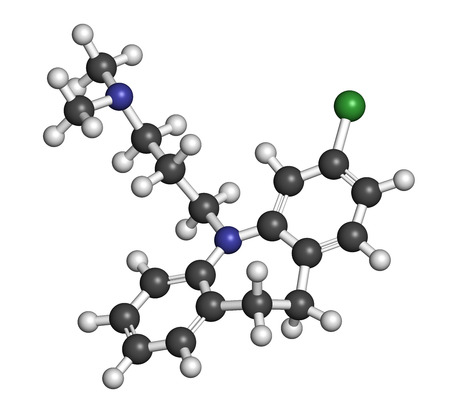Japan
The higher "clomipramine/N-desmethylclomipramine ratio" among Japanese patients compared to Swedish patients implicating a more pronounced serotonergic than noradrenergic effect in Japanese patients. Lower oral clearance of clomipramine in Japanese patients compared with that in Swedish patients is not accounted for by the lower body weight in Japanese patients or by concomitant treatment with benzodiazepines and is likely to be an ethnic difference.
Plasma concentrations of clomipramine in Japanese patients were, on average, 1.7 to 2.2 times higher than in the Swedish patients, despite the fact that the average daily dose in the Japanese groups was lower.
Clearance: Japanese (-BDZ) = 12.7 l/h; Swedish (-BDZ) = 62.7 l/h; Japanese (+BDZ) = 18.1 l/h Swedish (+BDZ) = 56.5 l/h).Clearance values for clomipramine was correlated with ethnic group (p < 0.00001) and age (p < 0.0005), but not with gender, body weight, nor administration of benzodiazepines.
The Clomipramine/N-desmethylclomipramine plasma concentration ratios were 1.08 in Japanese patients receiving clomipramine monotherapy, 0.90 in Japanese patients receiving clomipramine plus BZDs, 0.51 in Swedish patients receiving clomipramine monotherapy, and 0.49 in Swedish patients receiving clomipramine plus BZDs.
N = 282; Japanese and Swedish patients. Japanese patients, 108, (12 monotherapy with clomipramine, 96 clomipramine and benzodiazepines); 174 Swedish patients (131 monotherapy with clompipramine, 43 c.omppramine and benzodiazepines). All patients were receiving continuous clomipramine treatment.


